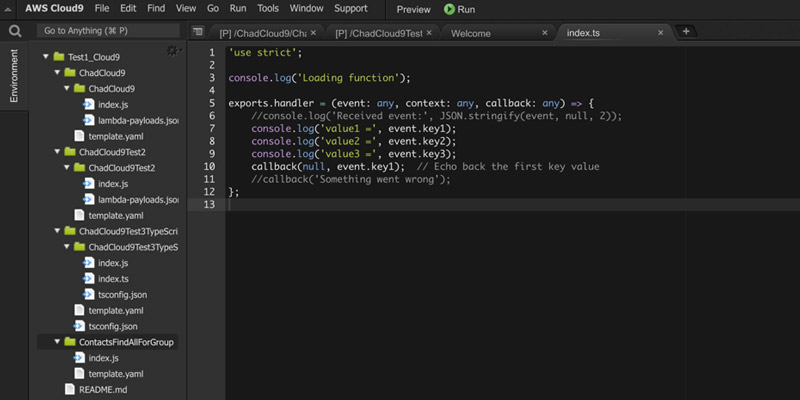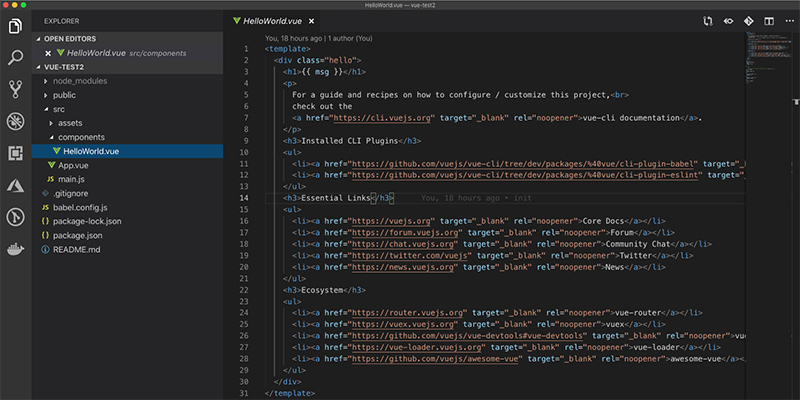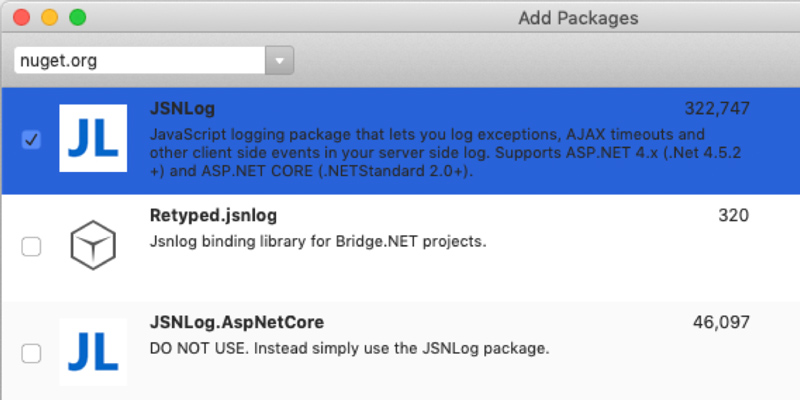Category: Software Engineering

Book Review: A Whole New Engineer
Engineering is just for geeks with pocket protectors, right? Engineering is all about math, formula, and intensive study of existing builds, right? I have done a good amount of software education over the years. Some as a student, and some as a teacher. The book “A Whole New Engineer” is a refreshing step back from…
Read more…

Executive Summary – Understanding Developers
From the outside, developers are sometimes seen as trolls living under a bridge. Okay, maybe that’s a bit harsh. How about this: strange wizards who wield unknowable powers to make things work. Or perhaps this: t-shirt-wearing loners who subsist on junk food and never go outside. Wrong on all accounts. They are actually quite normal…
Read more…

Quick Look – AWS Cloud9
As I wrote in Part 1 of my REST API with AWS series, development coding shouldn’t happen within the browser due to the lack of good practices such as reuse of functions, source control, and continuous integration. But there is a slight caveat to that: AWS Cloud9. With this service, we essentially get a development…
Read more…

Using Vue CLI
In my previous post, we stood up a Vue.js site as a single-page application where the entire site was a single index.html file. In this post, I am going to use the Vue CLI to scaffold out our solution a little more. First, we will need to install the Vue CLI. sudo npm install -g…
Read more…

Vue.js: An Introduction
I have written a few blog posts on Angular in the past, mostly because it’s a framework I leverage quite often and am usually very pleased with how it works. But Vue.js is another framework that I’ve been playing around with lately, so I wanted to quickly write down some of my initial thoughts on…
Read more…

Client-Side Logging: Getting Started
As software developers, we have become pretty good at logging server-side errors. When something blows up on the server, it gets logged to a file, database, or somewhere we can look at later. But what about errors that happen on the client side? What about an event occurring at the browser that we want to…
Read more…

Blazor in Official Preview and Other Fun Things to Come from Microsoft Build 2019
Microsoft recently put Blazor into official preview. If you’ve never heard of Blazor, it started as a proof-of-concept project by Steve Sanderson with the goal to build a client web UI framework based on .NET and WebAssembly. With Blazor, we get the ability to run C# in the browser instead of JavaScript. Hence C# all…
Read more…

Earned Value
Are we there yet? Anyone with kids has probably heard this during a long car trip. Anyone in the software industry has probably heard this too. Software development projects can be huge investments of time and energy, and often weeks can go by without showing a lot of return on that investment. We often try…
Read more…

The Danger of Incomplete Pictures, Part 3: Framework for Structured Critical Thinking
Have you ever wrestled with a problem in your mind and then, while trying to explain it to someone else, had an epiphany of how to solve it? This has happened to me on numerous occasions. Or have you ever jumped in to develop some code for a piece of business logic that you felt…
Read more…

The Danger of Incomplete Pictures, Part 2: Story/Task Decomposition and Estimation as Design
In my first post of this series, I discussed how ambiguity and lack of shared understanding between members of a product development team can occur when we rely on unstructured, ad hoc, and abstract communication processes (i.e., conversations and high-level user stories) for expressing our thoughts and ideas. We feel like we are painting a…
Read more…